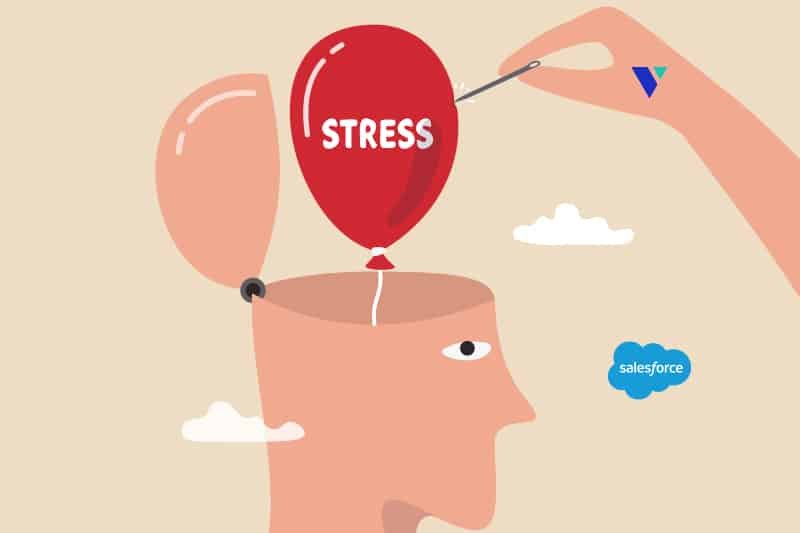How Deep Tissue Massage Helps with Posture Correction and Muscle Imbalances

Posture plays a crucial role in overall health, affecting everything from spinal alignment to muscle function. Poor posture can lead to chronic pain, tension, and reduced mobility, making it essential to address imbalances before they worsen. Deep tissue massage is a powerful tool for correcting posture by targeting tight muscles, releasing tension, and restoring natural alignment. It helps alleviate the discomfort associated with postural misalignment while promoting long-term muscle balance. For individuals searching for deep tissue massage Tulsa, understanding how this therapeutic approach can improve posture and correct muscle imbalances is essential for long-term relief.
Common Postural Issues – Rounded Shoulders, Forward Head Posture, and Lower Back Pain
Many people experience postural issues due to prolonged sitting, improper movement patterns, or muscle imbalances.
- Rounded Shoulders: Often caused by spending long hours hunched over a desk or phone, rounded shoulders result from tight chest muscles and weak upper back muscles. Deep tissue massage helps release tightness in the chest while stimulating blood flow to the back, encouraging proper posture.
- Forward Head Posture: This occurs when the head juts forward, placing excess strain on the neck and upper back muscles. Deep tissue massage reduces tension in the overworked neck muscles, allowing the head to realign with the spine.
- Lower Back Pain: Poor posture, prolonged sitting, or an uneven gait can lead to tightness and discomfort in the lower back. Massage helps relax overactive muscles and improve blood circulation, reducing pain and restoring flexibility.
- Pelvic Tilt: Anterior or posterior pelvic tilt results from imbalances between the hip flexors and gluteal muscles. Deep tissue massage works to loosen tight hip flexors, allowing for better pelvic alignment and posture stability.
How Massage Releases Muscle Tightness – Targeting Overactive Muscle Groups
Deep tissue massage is particularly effective in releasing chronic muscle tightness and tension, which often contribute to postural imbalances. By applying slow, deep pressure, massage therapists can address muscle adhesions and restore balance.
- Breaking Down Adhesions: Adhesions or “knots” form when muscle fibers become stuck together due to tension or overuse. Deep tissue massage breaks these adhesions down, improving mobility and reducing discomfort.
- Reducing Overactive Muscles: Muscles that are overworked due to poor posture tend to become excessively tight. By applying focused pressure, deep tissue massage helps relax these muscles, allowing opposing muscle groups to function more efficiently.
- Improving Blood Flow and Oxygenation: Poor circulation can exacerbate muscle tension and stiffness. Deep tissue massage stimulates blood flow, delivering oxygen and nutrients that aid in recovery and relaxation.
- Releasing Built-Up Toxins: Overused muscles accumulate metabolic waste, leading to inflammation and pain. Deep tissue massage facilitates toxin release, reducing soreness and promoting muscle repair.
Pairing Massage with Stretching and Strengthening – A Complete Approach to Posture Correction
While deep tissue massage provides relief from tension and muscle imbalances, it is most effective when combined with stretching and strengthening exercises.
- Stretching Tight Muscles: Stretching after a deep tissue massage helps reinforce muscle relaxation and flexibility. Targeted stretches for the chest, hip flexors, and neck can prevent muscles from tightening back up.
- Strengthening Weak Muscles: Postural imbalances often occur due to muscle weaknesses. Strengthening exercises, such as core workouts and upper back strengthening, complement massage therapy by reinforcing proper alignment.
- Correcting Movement Patterns: Massage helps reset muscles, but daily habits must support posture correction. Incorporating ergonomic adjustments at work and during exercise ensures long-term improvements.
- Enhancing Body Awareness: Regular massage therapy allows individuals to become more aware of their posture and muscle tension. This mindfulness encourages conscious effort in maintaining a more upright and balanced posture throughout the day.
How Often Should You Get a Deep Tissue Massage for Posture? – Recommended Frequency
The frequency of deep tissue massage for posture correction depends on the severity of postural issues and individual needs.
- Mild Postural Issues: Those with occasional stiffness or minor imbalances can benefit from a deep tissue massage once every 3-4 weeks to maintain muscle flexibility and prevent further misalignment.
- Chronic Postural Problems: Individuals experiencing ongoing pain, severe muscle tightness, or long-term imbalances should consider receiving deep tissue massage once a week for at least 4-6 weeks before transitioning to a maintenance schedule.
- Active Individuals and Athletes: Those who engage in regular physical activity or strength training may benefit from biweekly deep tissue massage sessions to keep muscles flexible and prevent tension buildup.
- Lifestyle Adjustments: In addition to massage, lifestyle changes such as better posture awareness, ergonomic workspaces, and regular stretching contribute to lasting improvements.
Conclusion
Deep tissue massage is an effective and natural solution for posture correction and muscle imbalance relief. By targeting overactive muscles, breaking down adhesions, and improving circulation, it helps restore proper alignment and prevent chronic pain. When paired with stretching, strengthening, and mindful movement, deep tissue massage provides a holistic approach to improving posture. Regular sessions with a massage therapist Tulsa can ensure long-term benefits, allowing individuals to move with greater ease and confidence. Investing in posture correction through massage therapy leads to better health, reduced discomfort, and enhanced overall well-being.




